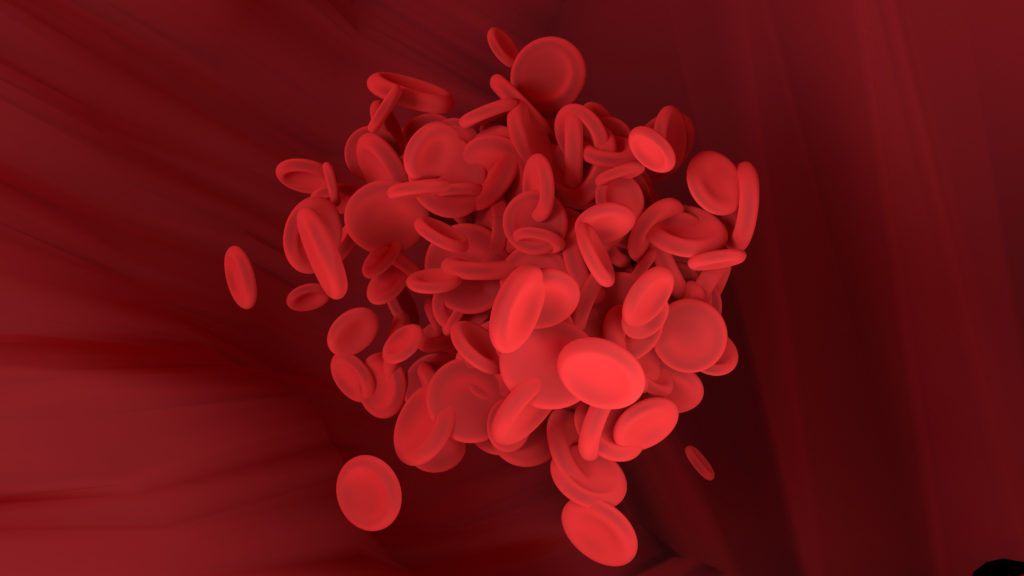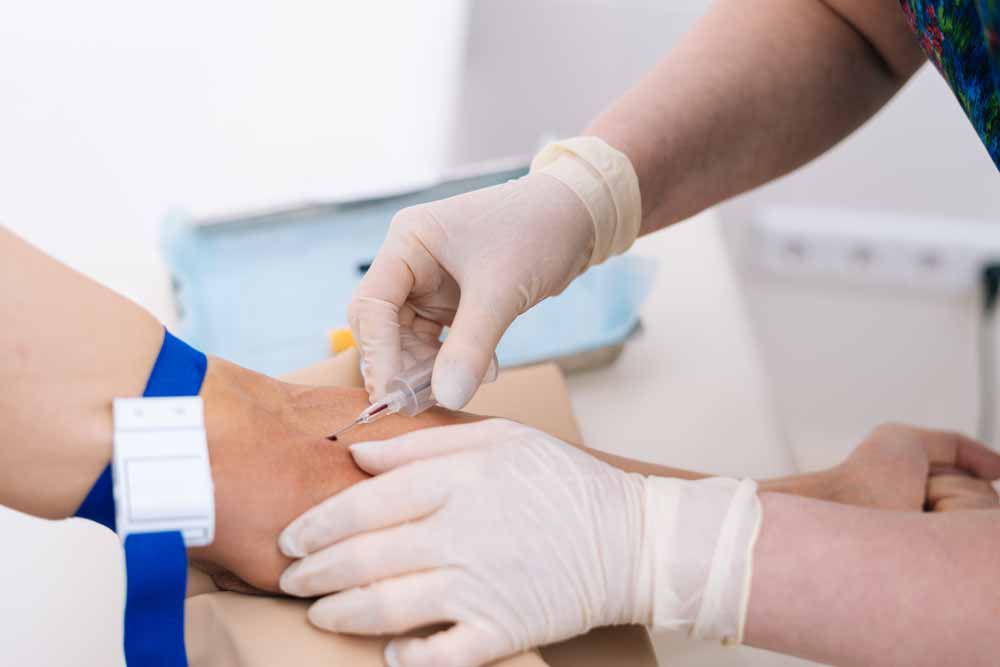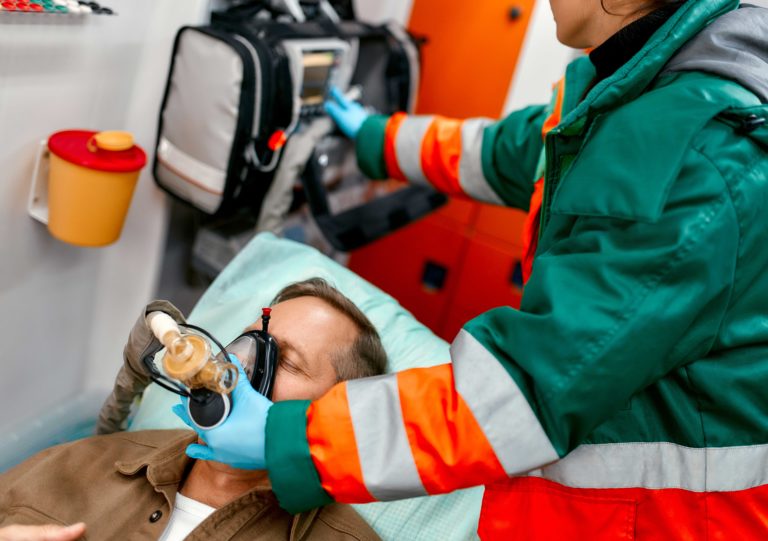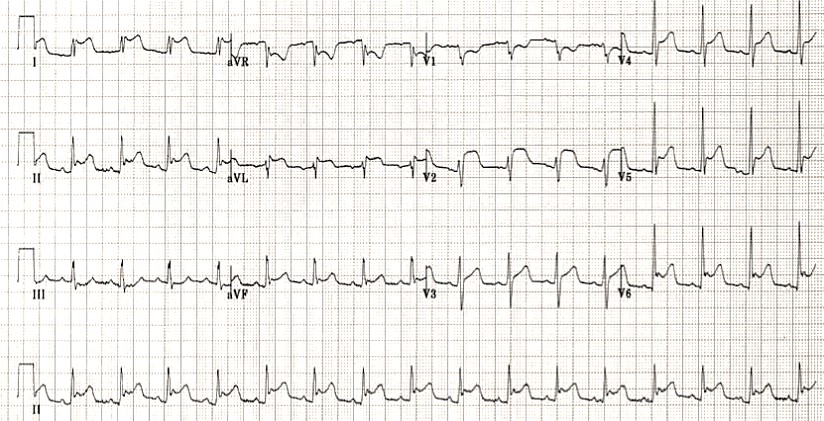Padua Prediction Score for Risk of VTE

The Padua Prediction Score was developed to estimate risk of venous thromboembolism (VTE) in hospitalized medical patients.
The Padua scale, created at the University of Padua, consists of eleven parameters. Each parameter corresponds to a certain number of points.
| Risk factors | Points |
| Active cancer (metastases and/or chemoradiotherapy in the previous 6 month) | 3 |
| Previous VTE (excluding superficial vein thrombosis) | 3 |
| Reduced mobility (bedrest for ≥3 days) | 3 |
| Already known thrombophilic condition (defects of antithrombin, protein C or S, factor V Leiden, prothrombin G 20210A mutation, antiphospholipid syndrome) | 3 |
| Recent (≤1 month trauma and/or surgery) | 2 |
| Elderly age (≥70 years) | 1 |
| Heart and/or respiratory failure | 1 |
| Acute MI and/or ischemic stroke | 1 |
| Acute infection and/or rheumatologic disorder | 1 |
| Obesity (BMI ≥30) | 1 |
| Ongoing hormonal treatment | 1 |
| Result: | |
| 0-3 points. Low risk. Pharmacologic prophylaxis is NOT indicated. Consider using mechanical prophylaxis. | |
| 4 points. High probability of the development deep vein thrombosis (DVT) and/or pulmonary embolism. Pharmacologic Prophylaxis IS indicated. If high risk of bleeding, use mechanical prophylaxis. |
The result interpretation based on the total points scored. A high risk of developing DVT / PE is predicted with a total score of 4 or more.





